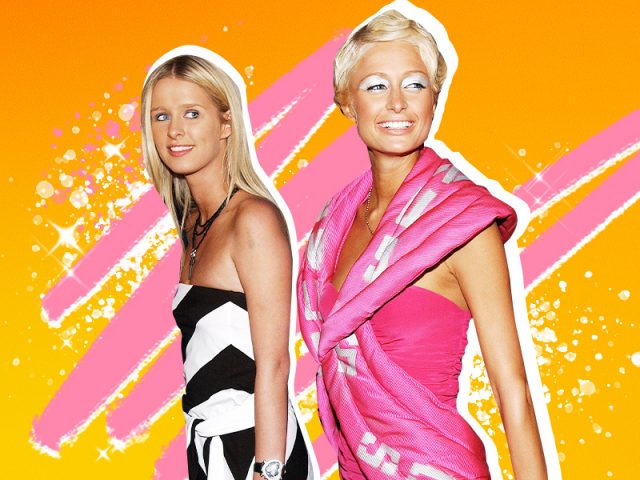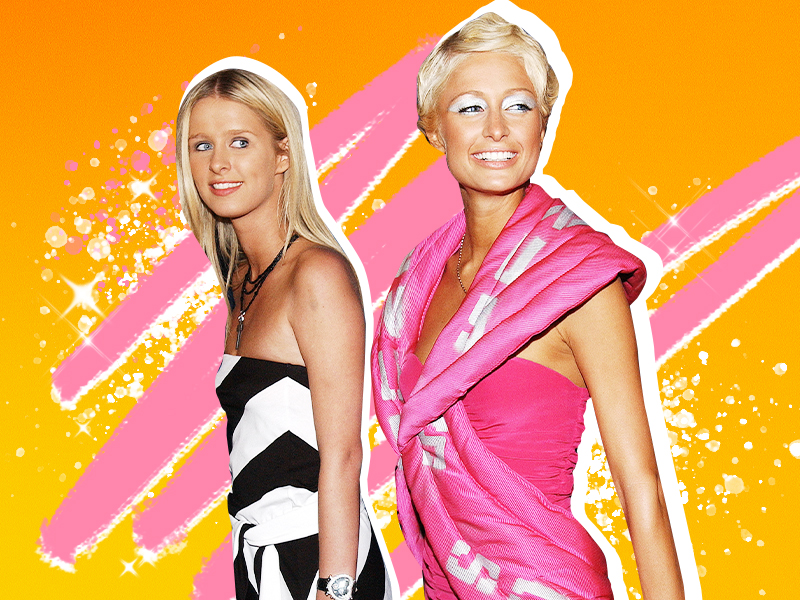
It’s impossible not to love sunburn. It visually slims and gives the face a rested appearance. But this short-term effect isn’t worth the results you’ll see on your skin after a few years. It can be more harmful than a natural tan, only artificial – in a solarium. We asked Alexander Prokofiev, dermatologist and La Roche-Posay brand specialist, and Natalia Surikova, dermatologist at the DocMed clinic, why this is so.

And before moving on to the arguments, we recall that sunburn is a protective reaction of the body to the effects of ultraviolet radiation. As a result, a dark pigment (melanin) is formed in the cells, absorbing the rays and preventing them from going deeper.

It’s no secret that ultraviolet light contributes to premature aging of the skin. But in a solarium the radiation is stronger than in the sun, so the effect after that needs to be multiplied by two. “UV rays cause irreversible changes in the structure of the skin – destroying the collagen fibers that form the framework for the skin. As a result, we observe all the signs of photoaging: a decrease in skin elasticity, the epidermis becomes rougher, fine wrinkles and pigmentation appear, ”explains dermatologist Natalya Surikova at the DocMed clinic.

“Ultraviolet has a cumulative effect,” says dermatovenereologist Alexander Prokofiev, brand specialist for La Roche-Posay. – This means that its influence sums up our entire life. And if we don’t see their negative effects now, they may appear years later as hyperpigmentation spots, skin oncology, and wrinkles.”
Type “twins, sun exposure, experiment” into a search engine and you will see a famous photo of two women, one living in the south and enjoying sunbathing, and the second living in the north with little exposure to ultraviolet. radiation. These, too, are the consequences of sun exposure, but by visiting the solarium we accelerate the development of these changes.

By the way, why solarium is more harmful than sunlight. “The source of solar radiation, unlike the sun, is nearby. And if we remember that everyone who uses the solarium tends to visit it with “fresh” lamps, the intensity of the effect on the skin is even greater. The risk of developing skin cancer in people who visit the solarium is twice the risk of developing these diseases from the sun. Therefore, in some countries (Brazil, Australia), solarium salons began to prohibit or restrict visits by minors, as the incidence of skin cancer surpasses other types of cancer, ”says La Roche-Posay brand specialist, dermatovenerologist Alexander Prokofiev.

In recent years, the incidence of melanoma has increased significantly. And exposure to ultraviolet radiation is one of the most important factors in its development.
Natalya Surikova, dermatologist at the DocMed clinic:
“Research shows that regular visits to the solarium before age 35 increase the risk of melanoma by 75%.
The second most common disease among the diseases is squamous cell skin cancer. It also occurs with excessive sunbathing, and the risk of early (before 50 years old) occurrence increases by 90% in patients aged 20-30 who regularly go to the solarium.

WHO experts have recognized that tanning in the solarium is dangerous and contributes to the formation of skin cancer. They suggest that the increased incidence of skin cancer before the age of 40 is associated with the popularity of solariums. Previously, the average age of patients with skin cancer was 65-70 years.

Firstly, chronic diseases can worsen due to frequent visits to the solarium – rosacea, lupus, atherosclerosis, diabetes mellitus, bronchial asthma, thyroid disease, infections, mastopathy, oncology, vitiligo and others.
Second, look at the list.
“Solar elastosis, rhomboid skin on the neck, Favre-Racousho disease, diffuse elastoma Dubreuil, senile sebaceous hyperplasia, Bateman solar purpura, O’Brien actinic granuloma, actinic comedonal plaques, venous lakes, solar lentigo, idiopathic tear hypomelanosis, all these. are the names of skin changes that occur under the influence of radiation,” says Alexander Prokofiev. The names sound threatening, but if you look for what they look like…

As we have said more than once, ultraviolet radiation has a damaging effect. After sunburn, the skin is injured and irritated. That’s why it’s always better to devote to moisturizing rather than using aggressive detergents, soaps, peels and scrubs. But along with the epidermis, the hair also suffers. Under the influence of ultraviolet light, they dry out and become brittle.
Dermatologist Alexander Prokofiev answered our question about whether tanning in the solarium will still harm the skin with the counter-question: “Is it possible to smoke without harming the body?” And this is perhaps the most accurate analogy. We go to the solarium to get a tan. And if a tan appears, it means that conditions have been created when the skin needs to develop it. That is, we have potentially already been exposed to an aggressive dose of ultraviolet radiation.
Source: People Talk
I’m Roger Gritton, and I’ve been writing for the The Fashion Vibes for over 5 years now. My specialty is beauty news; I’m passionate about covering the latest trends, products, and innovations in the industry. In my time there, I’ve become known as an authority on all things beauty-related.
I love discovering new experts to interview, researching up-and-coming ingredients and techniques that are making their way onto our beauty shelves and highlighting people who are making a difference in the world of cosmetics. My work has appeared not only on The Fashion Vibes, but also several other publications including the New York Times Magazine, Allure Magazine and Refinery29.





